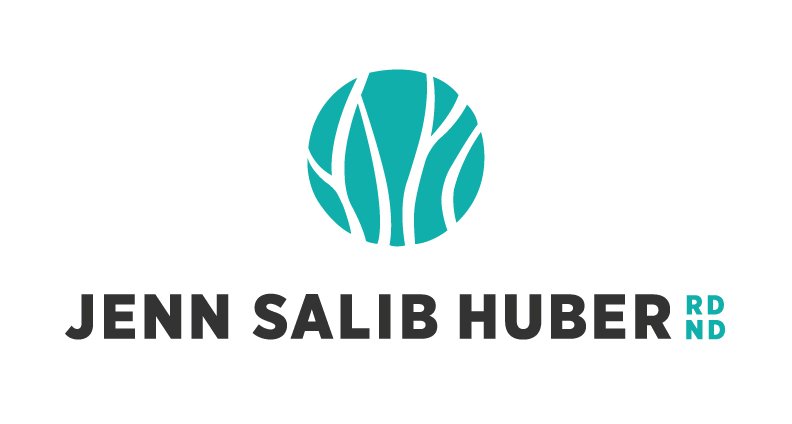Sunscreen Safety
With such a damp summer it can be temping to to bask in the sun all day when it finally pokes through the clouds. I encourage everyone to spend some time outside in the sun, not only for the vitamin D, but also to improve mood and energy levels. If you are outside during the peak midday hours, are exposed to direct sunlight for more than 20 minutes, or are at increased risk from sun exposure (for example if you are taking photosensitizing medications or have a history of skin cancer) it is important to protect your health by staying in the shade, covering your skin with hats and clothing, and/or applying sunscreen.There are two basic types of sunscreens- “chemical” sunscreens which penetrate the skin and absorb some UV rays while potentially disrupting hormone systems and “mineral” sunscreens which block sun rays from the surface of the skin but often contain micronized- or nano-scale particles of those minerals. While both have potential risks, sunscreens using minerals such as zinc and titanium dioxide appear to be the safest. Health Canada regulates sunscreens under the Food and Drugs Act but offers little guidance to the consumer about choosing an appropriate sunscreen other than to look for a broad spectrum sunscreen with an SPF of at least 15 and a label indicating it is resistant to water removal.For help choosing a safe and effective sunscreen or to find more information, please visit the Environmental Working Group's 2011 Sunscreen Guide at http://breakingnews.ewg.org/2011sunscreen/.
